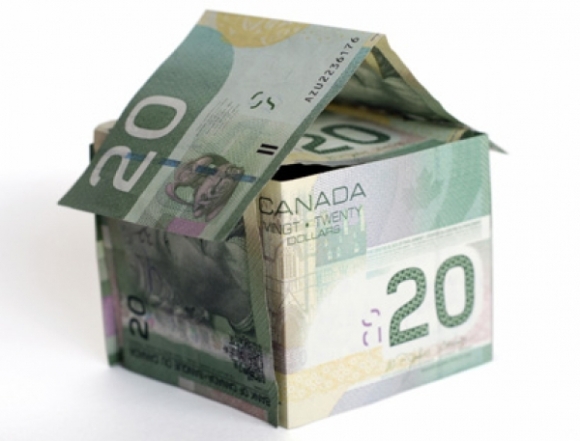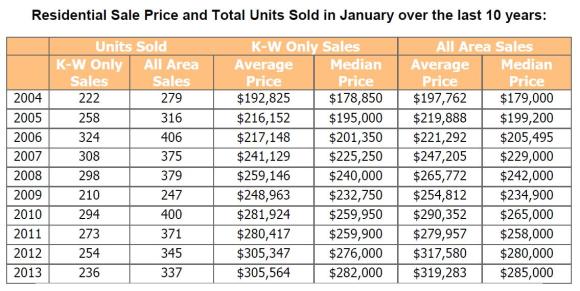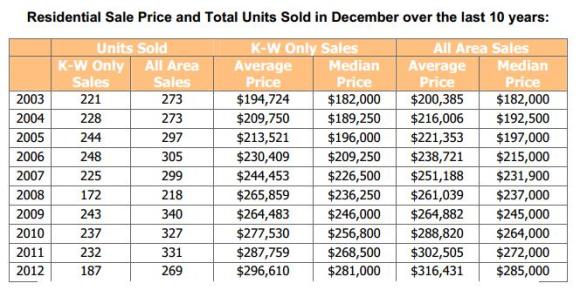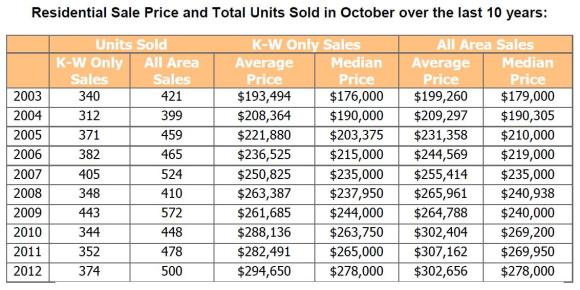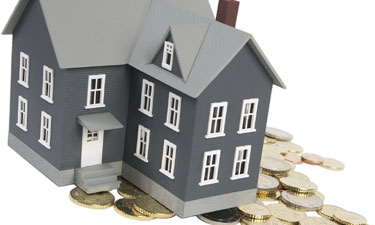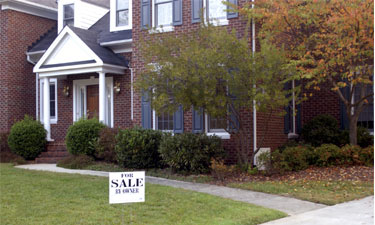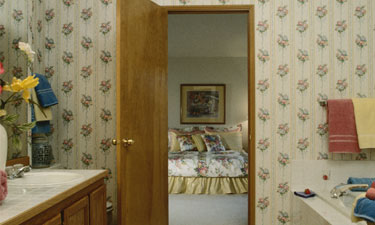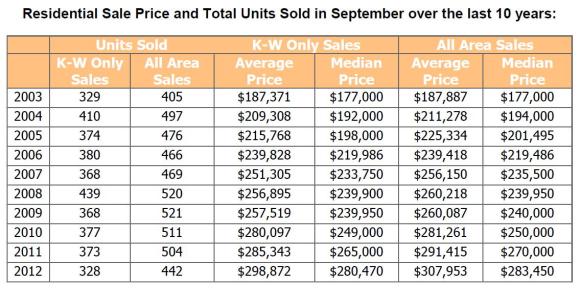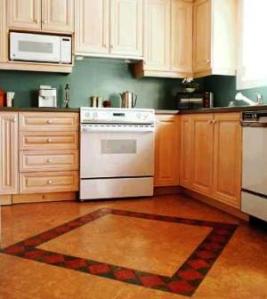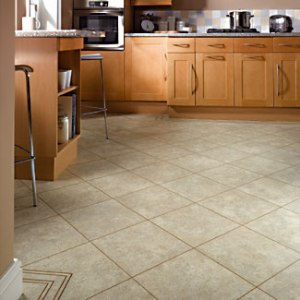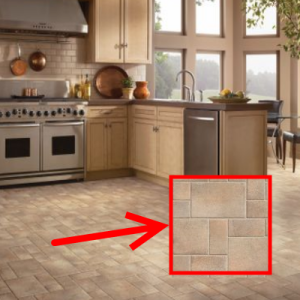Source: http://bit.ly/Xew6d8
You buy property, watch it grow in value over time or you can increase its value through renovation and/or development, creating equity. In the end, accessing that equity is an important part of owning investment property.
Equity is the lifeblood of a property investor. Without equity the investor can run into problems that can, potentially, only be solved by selling and if you are in it for the long haul, problems like those must be avoided.
The secrets to releasing equity that I will discuss will apply whether you have one property and are thinking about buying an investment property or whether you already own multiple properties. It doesn’t matter whether you are self-employed.
While the details may change for each category, the principles remain the same throughout. Accessing equity is about applying specific principles to your finance position, just as successful property investing revolves around repeating successful strategies over and over again.
Lender diversity is the key
One of the first things to do is to split up the portfolio into separate facilities with separate lenders. For some investors this will be hard to come to grips with. The No. 1 reason that investors end up with a portfolio financed with only one lender is convenience.
I was going to say laziness but perhaps that’s too harsh. There is no doubt that it is very convenient to have a personal banker “on call” to approve any new purchases and there is also the attraction of a lower than normal rate if the portfolio is big enough. That’s the myth. The facts are that your personal banker is not allocated to you alone.
He or she is a personal banker to hundreds of bank clients and all too often they change jobs regularly. Just when you get used to one, they are promoted (if they are good at their job) or transferred to another area (if they aren’t suited to it).
The other issue is that these days banks don’t see large portfolios on their books as a good thing. Think about this. Larger loans attract greater risk for the bank so naturally, they keep an eye on them. At the first sign of danger who will they look at first? The worst part is the bank will always have control over your ability to increase your financial position. I don’t know about you but I do not think the bank has the right to tell me if I can be rich or not!
The simple answer to this inherent problem is to have multiple lenders looking after your portfolio. Yes, this means you have to take responsibility for the management and review of the portfolio but it does give you more safety, more flexibility and more control.
Understandably this is not as easy today as it has been in the past; however diversity is extremely important to your ability to keep moving forward.
Diversity gives you the ability to refinance a single property without notifying every lender that you have done so. Remember we want equity. Equity will enable you to buy again or hold on during tough times. I am not advocating withholding information from a lender here. That would be wrong on so many levels.
What I am saying is that the lender you want to get finance from is the only one, at that point in time, who needs to know about this particular transaction.
Naturally, when you next deal with another lender, at another time, your current details will be required for that loan application.
The existing lenders do not need to know about your new loan until you approach them for another loan down the track. Another advantage of using separate lenders is that each lender has their own method of calculating your maximum borrowing amount.
These calculators are reviewed regularly and get updated when interest rates change as well as when other factors alter either in the economy or the risk profile within the lender itself.
